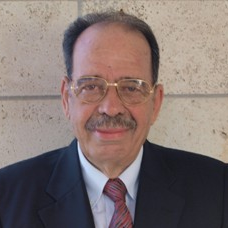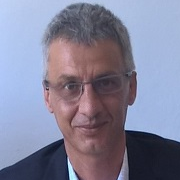Water Recycling and Reuse
A special issue of Water (ISSN 2073-4441). This special issue belongs to the section "Water Use and Scarcity".
Deadline for manuscript submissions: closed (31 October 2011) | Viewed by 109432
Special Issue Editors
2. Union of Hellenic Water Supply and Sewerage Operators, 41222 Larissa, Greece
Interests: wastewater treatment and water reuse; small and decentralized wastewater management systems; water technologies in ancient civilizations
Special Issues, Collections and Topics in MDPI journals
Interests: effluent reuse; water use efficiency; decentralized treatment systems; N and C cycling; soil and wastewater microbiology
Special Issues, Collections and Topics in MDPI journals
Special Issue Information
Dear Colleagues,
Managing water is a global challenge that impacts the environmental, social, economic and political cornerstones of our existence on Earth. Effluent reclamation and reuse provides opportunities to conserve water and maintain the quality of the existing fresh water supplies. Water reuse for various purposes is increasingly practiced throughout the world particularly in arid environments. It is meant to help close the anthropogenic water cycle and enable sustainable reuse of available water resources. When integrated to water resources management, it can be considered as an integral part of pollution control and water management strategies. It may also result in benefits to public health, the environment, and economic development.
The main objective of this special issue is to illustrate the benefits of water reuse in integrated water resources management and its role for water cycle management, water scarcity, climate change adaptation, and water in the cities of the future. Selected for publication papers will show the state of art of the different types of water reuse, e.g. agricultural irrigation, golf course and landscape irrigation and other urban and industrial uses, environmental enhancement, groundwater recharge, as well as indirect and direct potable reuse. In addition papers will cover various aspects related to water reuse, including treatment technologies, water quality, regulations, economics, public acceptance, risk assessment, benefits, keys for success and main constraints.
The purpose of this special issue is to promote importance, success, problems, constrains, challenges, and perspectives of water recycling and reuse worldwide as well as to demonstrate that all the water is reused and that planned water reuse is a cost competitive and energy saving option to increase water availability and reliability. It is a proven water scarcity solution to mitigate climate change by increasing water availability. The presentation of selected paper from all over the world will present the state of art on planning, designing and operation of water reuse projects including safety, sustainability, economical viability, and social benefits.
Therefore, we would like to call for submission of manuscripts to disseminate and share findings on water recycling and reuse issues. Publishable papers will be selected by a rigorous peer review procedure with the aim of rapid and wide dissemination of research results, development and application.
Original research or review manuscripts are invited in the following and related areas:
- Water reuse planning, policy, monitoring requirements, and standards/criteria.
- The role of water reuse for integrated water resources management.
- Wastewater treatment technologies.
- On-site and decentralized wastewater treatment systems.
- Removal of trace organics and emerging contaminants.
- Disinfection technologies.
- Historical development of water reuse.
- Agricultural and irrigation.
- Landscape irrigation and other urban uses.
- Industrial uses.
- Environmental and recreational uses.
- Groundwater recharge.
- (In)direct potable reuse.
- Water reuse and future cities.
- Effluent disposal to waterways.
- Economic and social aspects of production and use of recycled water.
- Health and ecological risk analysis in water recycling applications.
- Other related research issues.
Dr. N. V. Paranychianakis
Dr. A. N. Angelakis
Guest Editors
Keywords
- wastewater reclamation
- wastewater treatment
- onsite treatment
- disinfection
- history of water reuse
- water recycling
- wastewater reuse
- nonpotable reuse
- potable uses
- effluent disposal
- applications of recycled water
- effluent reuse criteria
- risk assessment
- water pollution control






